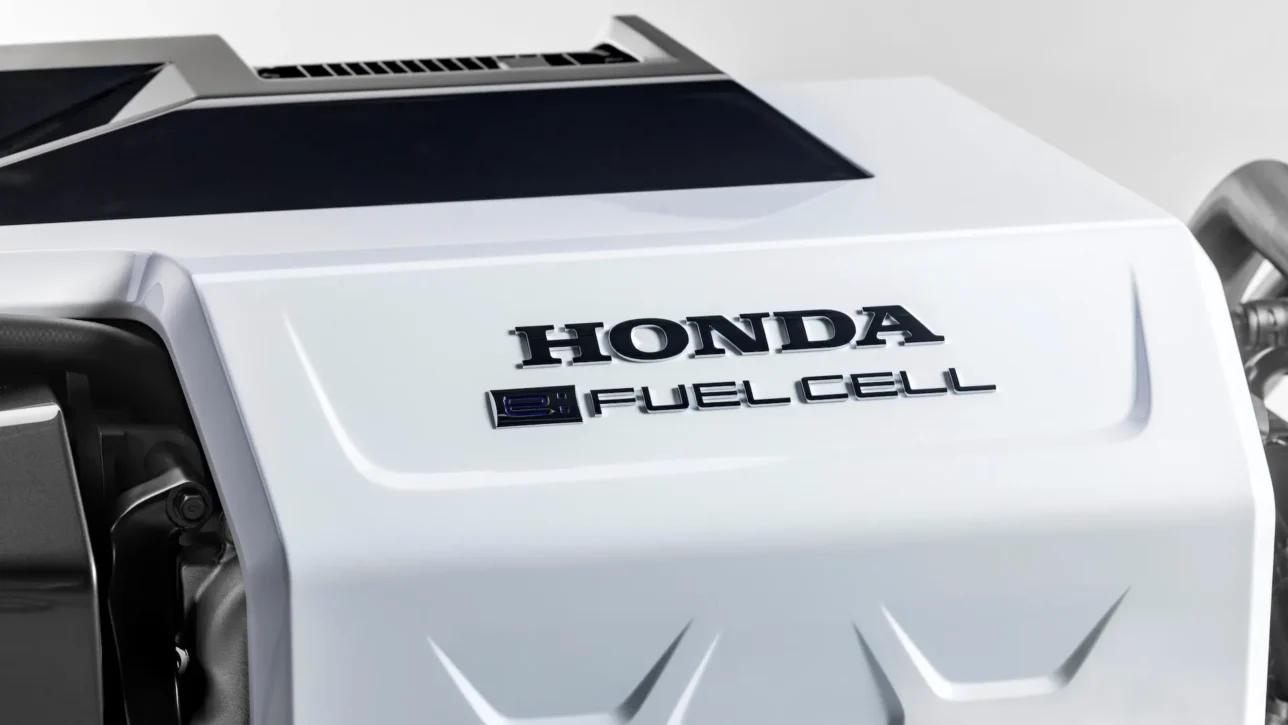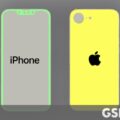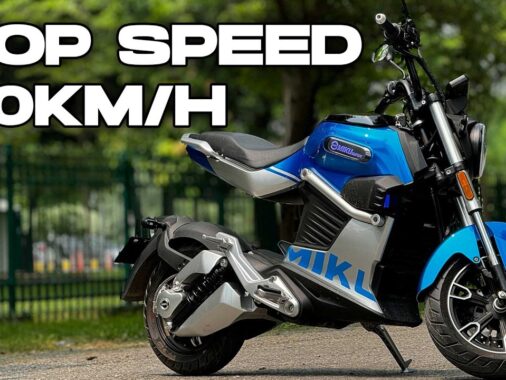Electric vehicles have faced challenges, leading car manufacturers to explore other zero-emission technologies. One of the innovators in this field is Honda, who recently unveiled plans for a hydrogen-powered fuel-cell vehicle. The popular CR-V model is set to debut in late 2025, promising to maintain its driving range and payload capacity.
Key Details
The upcoming Honda CR-V e: FCEV will be a compact crossover rivaling the Toyota Mirai and Hyundai Nexo. Developed in collaboration with General Motors’s Fuel Cell System Manufacturing, this technologically advanced SUV will first launch in the US market, showcasing the joint venture’s commitment to success.
Specifications for 2025 Honda CR-V e: FCEV:
· Only available in Touring trim
· Length: 187.6 inches
· Wheelbase: 106.3 inches
· Battery capacity: 17.7 kWh
· EPA-rated range: 270 miles (includes 29 miles electric range)
· Power: 174HP
· Torque: 229 lb-ft
· Can be charged at home
· Bi-directional battery charging for cost savings
· 4 driving modes: Normal, ECO, Sport, Snow
· Features 9-inch touchscreen and 10.2-inch cluster panel
· Includes Apple CarPlay, Android Auto, and wireless phone charging
· Equipped with a 12-speaker Bose audio system
Understanding Hydrogen Fuel Cell Technology
Hydrogen fuel cell technology blends the advantages of hydrogen fuel cells and electric batteries. While hydrogen is widely available, its storage requirements pose challenges for automakers. The innovation combines compressed hydrogen and air to produce water vapor as the only emission.
Hydrogen fuel cell vehicles are ideal for light vehicles, with their success dependent on future developments, much like the story of electric vehicles.






